


Thiamethoxam is a neonicotinoid insecticide used widely in agriculture to protect crops from a broad spectrum of pests. As a systemic pesticide, it is absorbed by plants and distributed through their tissues, offering protection against insects such as aphids, thrips, and beetles. It is effective in seed treatments, soil drenches, and foliar sprays, providing long-lasting pest control.


Thiamethoxam is a neonicotinoid insecticide used widely in agriculture to protect crops from a broad spectrum of pests. As a systemic pesticide, it is absorbed by plants and distributed through their tissues, offering protection against insects such as aphids, thrips, and beetles. It is effective in seed treatments, soil drenches, and foliar sprays, providing long-lasting pest control.

.3d8f8f41.svg)
Agrochemicals
.3556d45a.svg)

Crop Protection & Pest Control


Insecticides
Included in Quote
Included in Quote
Included in Quote
Included in Quote
.7767eb0f.png)

Chemical Properties & Specifications
Used in protecting a wide range of crops such as corn, soybeans, and cotton from insect pests like aphids, whiteflies, and root weevils.
Effective in managing insect infestations on ornamental plants and flowers.
Applied to maintain healthy lawns and golf courses by controlling insect pests.
Thiamethoxam is a neonicotinoid insecticide used for crop protection to control pests like aphids, whiteflies, and root weevils. It is applied to a variety of crops such as corn, soybeans, and cotton to protect them from insect damage.
Thiamethoxam is absorbed by plants and transported throughout their tissues. It works by interfering with the nicotinic acetylcholine receptors in the insect nervous system, leading to paralysis and death, which ultimately protects the plant.
While Thiamethoxam is effective against pests, it poses significant risks to non-target species like bees and other pollinators. It is important to follow proper safety precautions when handling the insecticide, and its use is restricted in some regions due to environmental concerns.
Thiamethoxam provides long-lasting protection, typically for several weeks to months, depending on the application method, environmental conditions, and pest species. It ensures that crops are protected early in the growing season from damaging pests.
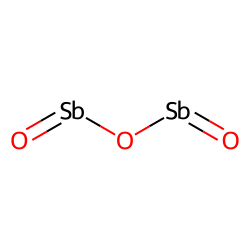
CAS No. : 1309-64-4
Category : Inorganic compound
Sub-Category : Flame retardants
Description: Antimony trioxide (Sb2O3) is an inorganic compound commonly used as a flame retardant and as a catal...
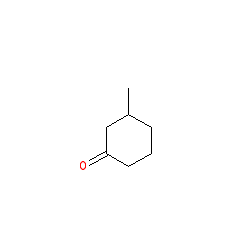
CAS No. : 36306-87-3
Category : Fragrance Ingredients
Sub-Category : Aroma Chemicals
Description: Kephalis is widley used in many industries. It plays a key role in the production of resins, coating...
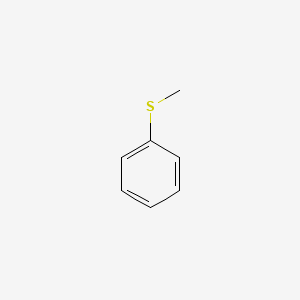
CAS No. : 100-68-5
Category : Pharmaceutical Actives & Precursors
Sub-Category : Intermediates & Precursors
Description: Thioanisole is a colorless to light yellow liquid with an aromatic odor. It serves as a valuable int...
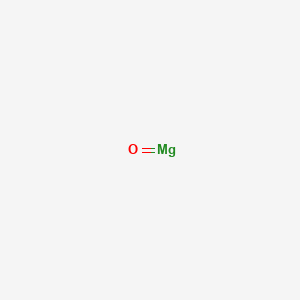
CAS No. : 1309-48-4
Category : Inorganic compound
Sub-Category : Magnesium compounds
Description: Magnesium oxide, commonly known as magnesia, is a white hygroscopic solid mineral that occurs natura...
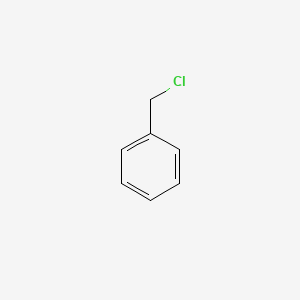
CAS No. : 100-44-7
Category : Organic Intermediate
Sub-Category : Reagents
Description: Benzyl Chloride is a colorless to pale yellow liquid with a pungent odor. It is primarily used as an...